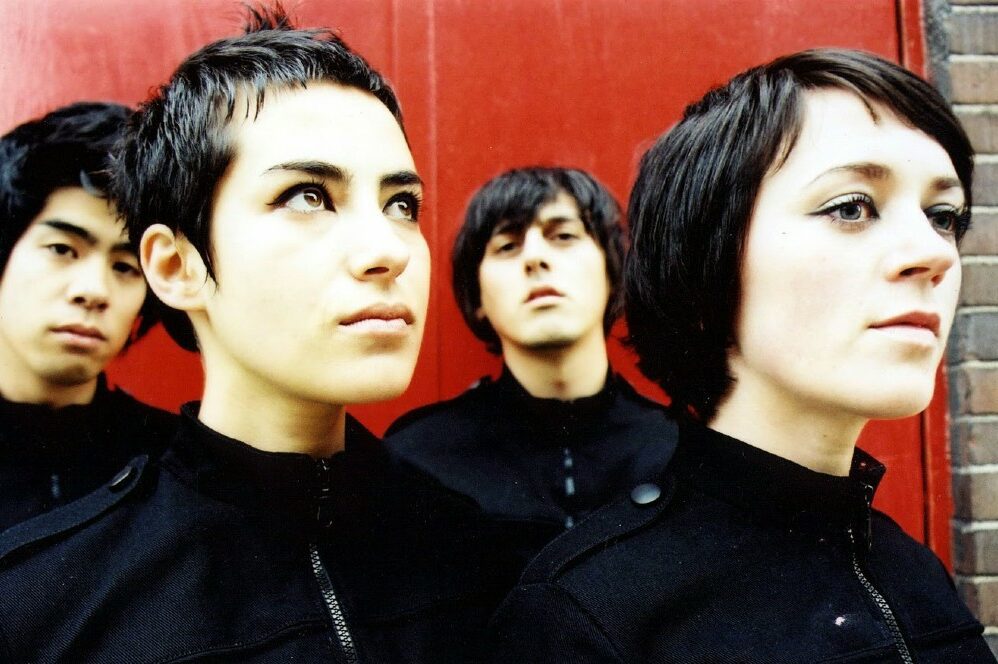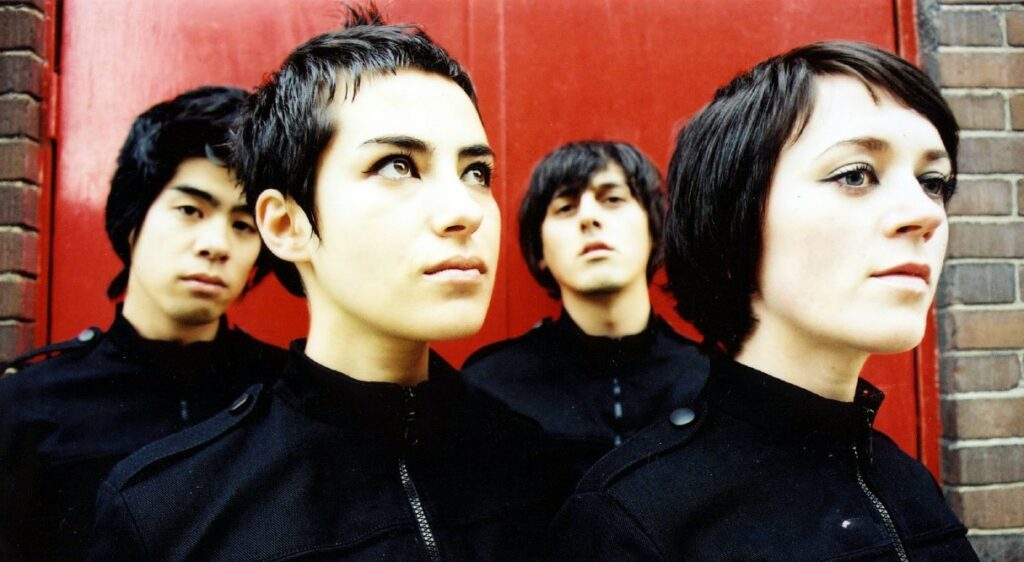

By 2001, I had already fallen in love with an innumerable amount of albums. Some became fleeting moments of obsession. Others evolved into long-term relationships. None would resonate with me quite like the debut full-length from British electronic pop band Ladytron, 604.
Listening to the album for the first time was revelatory, but it wasn’t music that caught me off-guard. Probably like plenty of the band’s early fans, the release of 604 was something that I had anticipated. Ladytron had released three EPs between forming in 1999 and 604‘s release on February 6, 2001, all of which included tracks that would appear on the full-length. My own fascination with the band started the previous year.
I don’t remember what I was doing at KXLU on some random weekday in 2000, as it had been a little over a year since I graduated from Loyola Marymount and left my show at the college radio station. But, for whatever reason, I was there, talking to a friend who mentioned this new band Ladytron. They had an EP coming out that was going to be added to the station’s immense collection. He thought I would like them.
On first listen, Ladytron reminded me a bit of Stereolab or Broadcast, two bands I adored, but with a more pronounced dance beat. I fell for them instantly and, luckily, I was able to find a copy of the EP Commodore Rock at an L.A. record stores that no longer exists soon thereafter. Since my friend hipped me to this band, I now had to pay it forward and start evangelizing to everyone else I knew. I started dropping “Playgirl” in my sets at Bang!, the Saturday night indie dance club where I was a resident DJ. Week after the week, the crowd grew on the floor when the tune was played. Fairly quickly, it became one of the hits.
“Playgirl” might be the jam on 604 that everyone knows, but in the album’s era, there were multiple songs that got the crowd going at various different points in the night. “Discotraxx,” “Paco!” “The Way That I Found You” and “He Took Her to a Movie” all turned up in my own sets with some frequency. As the songs played, the girls with pixie haircuts and the guys wearing skinny ties scurried to the dance floor. It was a moment that reminded me of Diane’s infamous line in Trainspotting: “The world’s changing. Music’s changing.” The 1990s were over. The 20th century was over. This was music that was ours, for this specific pinpoint in time.
My own social circles consisted mainly of people born between the middle of the 1970s and the very early 1980s. We were technically Generation X, with some of our young pals skirting the Millennial line, but not really a part of either culture. The big youth movements of the late 20th century – punk and hip-hop – had already happened by the time we were old enough to form memories. Most of us were too young for the original raves, too young for most of the clubs that the folks pushing 30 would mention on the smoking patios. By the end of the ’90s, there was this sense that people like my friends and I were born at least five years too late, missed out on all the good shit and were trying to make up for our bad luck by piling black bendy-plastic Madonna bracelets on our arms and sifting through record store stacks for castoff Joy Division vinyl.
With Ladytron, it seemed like there was a band from across the Atlantic who was coming from a similar place as my friends and I were in Los Angeles. There was their name, a reference to Roxy Music from the Brian Eno-era. Their look – stark, all-black clothing and choppy haircuts – resembled the style that was starting to permeate the club scene. Then there was the sound: an amalgamation of early synth pop, Warp Records-style weirdo electronics, Can-influenced indie pop and the funky psychedelic rarities that crate-digging hip-hop DJs coveted. Yet, it didn’t quite sound like any of those things. On top of that, they referenced both the British TV show Are You Being Served? (on “Paco!”) and Kraftwerk (on “He Took Her to a Movie”) in the course of the same album.
In the decade that followed, as heavy synths came back into vogue, Ladytron and their contemporaries, like The Faint and Scissor Sisters, gained popularity in art punk circles while being awkwardly lumped into a so-called ’80s revival by the mainstream. But really, it was just music made and embraced by a strange, often-ignored half-generation whose musical memories likely began with Bowie or Blondie or Prince, who spent their ’90s teen years hopping between music scenes that had already been well-established and discovering new ways to appreciate it. All this would coalesce into the music of the early 21st century and, for me, that era kickstarts with 604.

